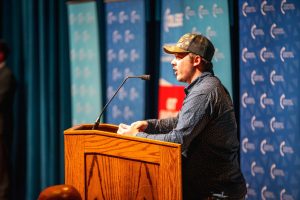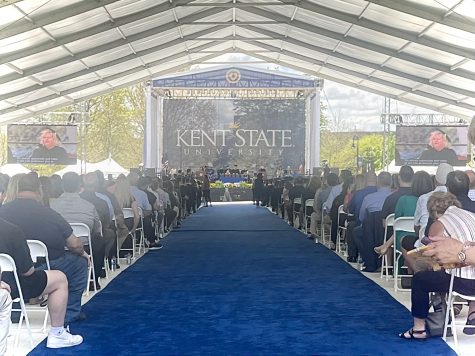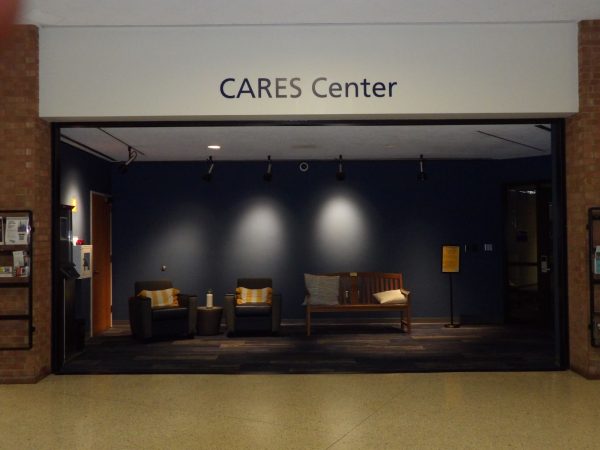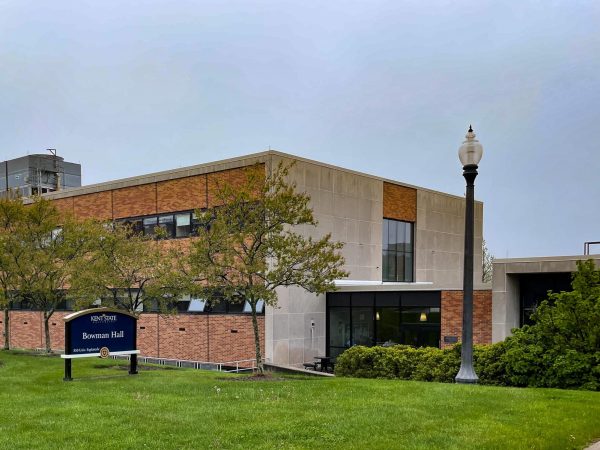Kent State’s commemorations not relevant to May 4
April 8, 2005
“Educational institutions should not fear the free flow of images and ideas.”— Newsweek magazine, chiding Kent State officials for rejecting a statue by one of the nation’s leading sculptors as a memorial to the 1970 shootings, Sept. 11, 1978
As we approach the 35th anniversary of the May 4, 1970 shootings on campus, it appears the university’s attitude about commemorating the tragedy has not changed that much. Despite the passage of more than a generation, Kent State officials are still offering what amounts to busy work instead of a real exchange of ideas about the meaning and significance of May 4.
Kent State also still is not addressing the central question that has been asked ever since day one, namely: “Why were four students killed by the Ohio National Guard?” There were at least half a dozen investigations, two major trials and several major studies that tried to make sense of May 4. Five of the seven authors (myself included) agreed with Time magazine’s conclusion that “triggers were not pulled accidentally at Kent State.” Today, the university pretends this issue is irrelevant and sends a very unmistakable message: “May 4 is not worthy of academic debate.”
Kent State has never once tried to bring together the leading experts, or, for the past 30 years, invited any author of a major study to share his research. Instead, the university has essentially drowned out the voices of practically everyone who participated in what journalists once referred to as “the search for the truth.”
Kent State is doing so again this year, when it holds another symposium, “Democracy and the Arts.” Like every one of its previous anniversary programs, (especially “Democracy and Religion” and “Media and Profits”) the university’s programs are not even remotely relevant to any issue associated with May 4.
Of course, this constant diversion of our attention has its consequences. Every year, when Kent State changes the subject, it helps people forget precisely what should be remembered.
How many people today remember that the primary conclusion of a presidential commission was that the shootings were “unnecessary, unwarranted and inexcusable?” You would never know it by visiting any of the six memorials on campus, or by listening to or reading the so-called scholarly output of any professor at Kent State.
Nor would anyone know that once upon a time there was not just a journalistic search for answers, but a decade-long struggle for justice in the courts. Although the following statement needs to be footnoted, the bottom line is that not one person — neither a single soldier who fired inexcusably into the crowd, nor a single protester who destroyed property or physically assaulted authorities — ever spent a day in jail as a result of two grand jury proceedings. To me, that was a clear breakdown of the judicial processes. It qualifies May 4, 1970 as one of the great injustices of our time.
How and why this came to be should have been one of the major subjects — if not the major subject — Kent State should have addressed.
William A. Gordon is a Kent State alum (1973) and the author of Four Dead in Ohio: Was There a Conspiracy at Kent State? Contact him at [email protected].
























